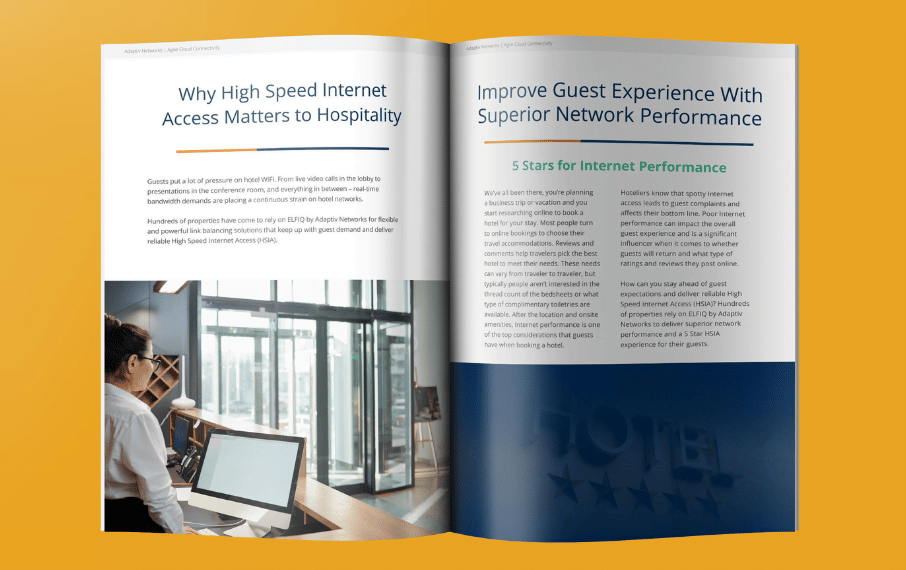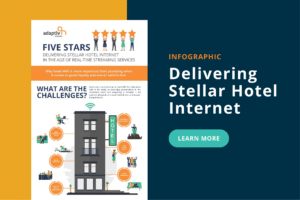Linda's Network Odyssey
Linda was generally happy with her job. A seasoned network engineer at Delicious Enterprises Inc., she had little to complain about. A good salary, fun colleagues, and she had the feeling of being an important part of the organization. The only thing she wasn’t too keen on was the constant need to be online, reachable. Ready to pounce whenever an alert lit up her phone. Her brain was always on.
This was especially stressful during her days off, such as the one on which our story starts. Linda was enjoying her morning coffee, reading peacefully in the yard. The sun was out, but it wasn’t too warm. The breeze was cool, but just enough to balance out the heat. It was a perfect day.
So far.
Then her phone rang. The urgent tone of her colleague’s voice instantly put her on high alert. “Linda, the network’s down! We need you in the server room ASAP.”
Linda’s heart lurched. She looked at her book; she was mid-chapter. An untimely interruption.
With a surge of adrenaline – and more so disappointment – Linda sprang into action. She took her keys and drove hurriedly (but safely) to the office. She raced to the server room, her mind already calculating the steps needed to fail over to their secondary MPLS network. As she worked frantically to restore connectivity, she couldn’t help but think, “There has to be a more efficient way to handle this.”
Later that day, Linda met up with her friend Esteban from Savory & Associates LLC for well-earned mojitos. As they sipped their drinks, Esteban asked, “How much do you guys pay for your network anyway?”
Linda sighed, “It’s a significant expense. Between the primary and secondary MPLS circuits, we’re shelling out thousands of dollars each month.”
Esteban raised an eyebrow, “All that for that? Plus the stress it causes you and your colleagues. Have you thought about giving SD-WAN a try?”
Linda was intrigued. SD-WAN? She had heard about it but hadn’t given it much thought. As Esteban explained, her curiosity grew. Could SD-WAN truly be the solution to their network woes?
The Promise of SD-WAN
Implementing SD-WAN can lead to substantial cost savings. MPLS circuits are expensive, costing $50 to $600 per Mbps per month. For Delicious Enterprises Inc., this adds up to thousands of dollars monthly. In contrast, broadband connections cost $20 to $60 for 100 Mbps. By replacing MPLS with broadband and leveraging SD-WAN, monthly expenses could drop from $5,000 to $2,000, saving thousands.
SD-WAN also offers enhanced reliability and resilience. MPLS is generally robust, but when an outage occurs, continuity mechanisms are quite often tedious and manual. SD-WAN, on the other hand, automatically reroutes traffic during outages, ensuring critical applications stay accessible. This automatic failover can save businesses from costly disruptions. In the case of Adaptiv Networks, that failover is seamless, and doesn’t result in any session interruption whatsoever.
Moreover, SD-WAN provides more reliable cloud access. While MPLS typically offers 99.9% uptime (about 8.76 hours of downtime per year), SD-WAN can achieve 99.999% uptime (just 5.26 minutes of downtime per year). This increased reliability ensures uninterrupted cloud service access, enhancing productivity and reducing revenue loss.
Concrete SD-WAN Savings and Benefits
Linda quickly realized SD-WAN could transform Delicious Enterprises Inc.’s network infrastructure. By implementing SD-WAN, the company could replace its expensive MPLS circuits with a combination of broadband and fiber connections. The cost savings alone were compelling, but the benefits didn’t stop there.
- Cost Savings: Replacing two MPLS circuits (50 Mbps and 10 Mbps) costing around $5,000 per month with a mix of broadband and fiber could reduce monthly costs to approximately $2,000, saving $3,000 monthly. Annually, this translates to savings of $36,000, and over five years, $180,000.
- Improved Bandwidth: With SD-WAN, Linda could combine multiple connections to create a high-speed network. For example, using a 1 Gbps fiber connection costing about $75 per month and a 200 Mbps broadband connection at $60 per month would provide much more bandwidth than their current MPLS setup, at a fraction of the cost.
- Reduced Downtime: With SD-WAN’s automated failover, network availability could improve from 99.9% to 99.999%, drastically reducing potential downtime from 8.76 hours per year to just 5.26 minutes. This enhancement would protect against significant productivity and revenue losses.
Migrating from MPLS to SD-WAN
Excited by the potential benefits, Linda realized that SD-WAN was the answer she had been searching for. It offered a path to a more efficient, reliable, and cost-effective network infrastructure—a solution that would benefit not only Delicious Enterprises Inc. but also her and her colleagues.
Armed with newfound knowledge and determination, Linda was ready to embark on a journey toward SD-WAN implementation. The future of their network was bright, and she couldn’t wait to lead the way towards greater efficiency and success. And not least, greater peace of mind.
Would you like to increase the availability of your network, and save thousands of dollars on your monthly connectivity bill? Take a look at our e-book “Taming the WAN Beast”, or reach out to presales@adaptiv-networks.com!
 Sébastien Tellier is the VP of Solutions at Adaptiv Networks. Prior to joining Adaptiv, Sébastien worked at Martello and ELFIQ Networks, where he held different positions in marketing and sales in the SD-WAN market. During that time, he appeared on panels and shows in Europe and North America, while working with channel partners across the planet. Sébastien holds a Master of Science in Marketing from HEC Montréal.
Sébastien Tellier is the VP of Solutions at Adaptiv Networks. Prior to joining Adaptiv, Sébastien worked at Martello and ELFIQ Networks, where he held different positions in marketing and sales in the SD-WAN market. During that time, he appeared on panels and shows in Europe and North America, while working with channel partners across the planet. Sébastien holds a Master of Science in Marketing from HEC Montréal.







